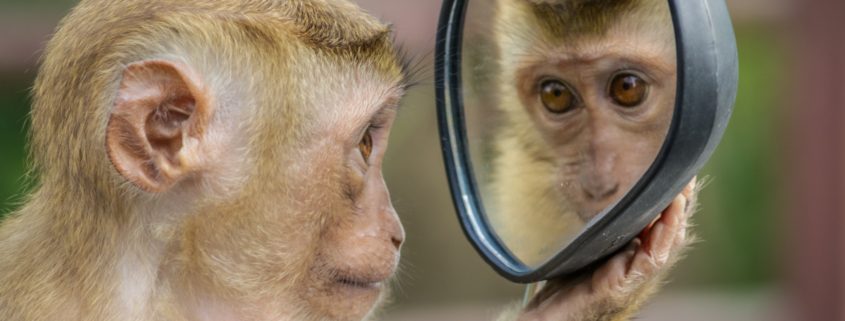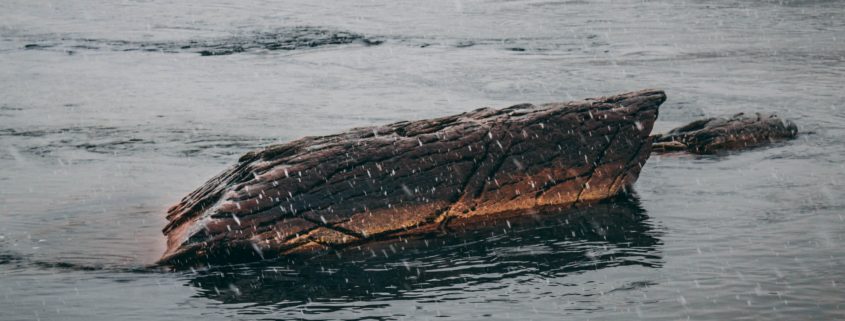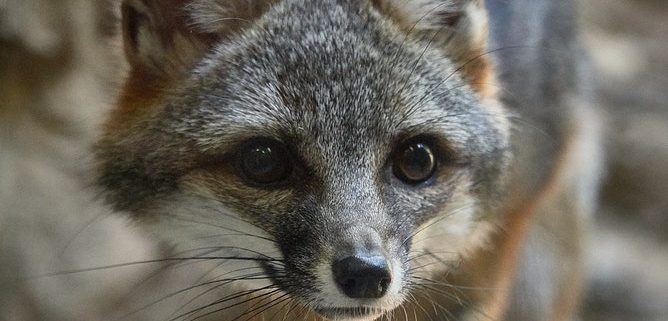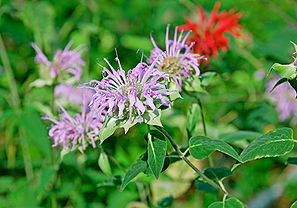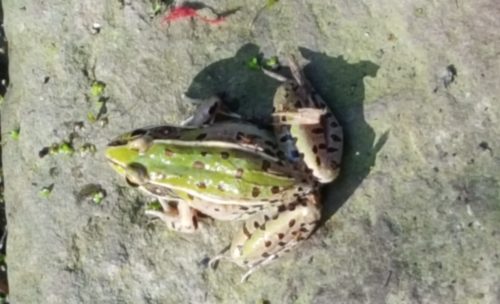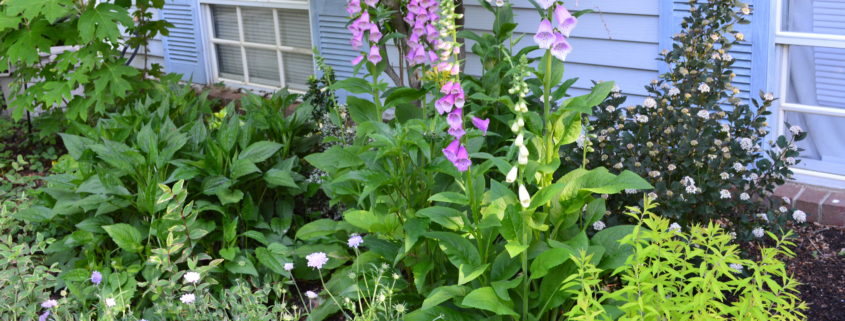Reviewed by Sarah Mayhew
I’ve had a life-long interest in amphibians and reptiles. My go-to tool for learning about local frogs, toads, salamanders, lizards, snakes, and turtles is the well-organized website maintained by the Virginia Herpetological Society. With a few clicks, you can quickly access the type of herp that interests you, then drill down to the species via lists that are local species only.
Each species has a detailed range map, written description, and multiple photos, along with sound files for species that vocalize. Where the juvenile looks different from the adult, there are photos pointing out the differences, along with descriptions or photos explaining how to tell apart similar species.
The site is kept up to date with name changes, so Eastern Box Turtle is now correctly called Woodland Box Turtle, and descriptions contain the scientific name, too. There are sections on typical habitat and food eaten, too. I find this resource is more complete than a field guide designed for a larger geographic area. After reviewing all this information, I always have a sense that I know exactly what I should be looking for when I go into the field in search of herps.
VHS is about education in more ways than just “book” learning. If you are fortunate enough to have a picture, you may email the VHS for identification and they will also answer questions without a photo.
Each year the VHS conducts multiple bio-blitz outings across the state. I find it very interesting to read the list of species that a dedicated group can locate in a single day in a local wildlife refuge or park. It gives me a good sense of what I might be able to find, too. I haven’t been able to join the VHS on a bio-blitz yet, but hope to do so at some point.
Many VHS members volunteer to help Master Naturalists learn about herps by teaching basic training classes or advanced training, so please let them know if you like their website and Facebook posts.
I’ll close with some simple statistics from the VHS website to whet your appetite to learn more:
Frogs and Toads: 28 species
Salamanders: 56 species and subspecies.
Lizards: 9 native species and two introduced species.
Snakes: 34 species and subspecies; only 3 species are venomous.
Turtles: 25 species and subspecies; five are sea turtle.
I hope these statistics tempt you to learn more. Just go to the VHS website!
Sarah Mayhew is a graduate of the 2009 Fairfax Master Naturalist cohort.
Want to review a resource? We’d love to hear from you. Instructions for submission await your click and commitment.


